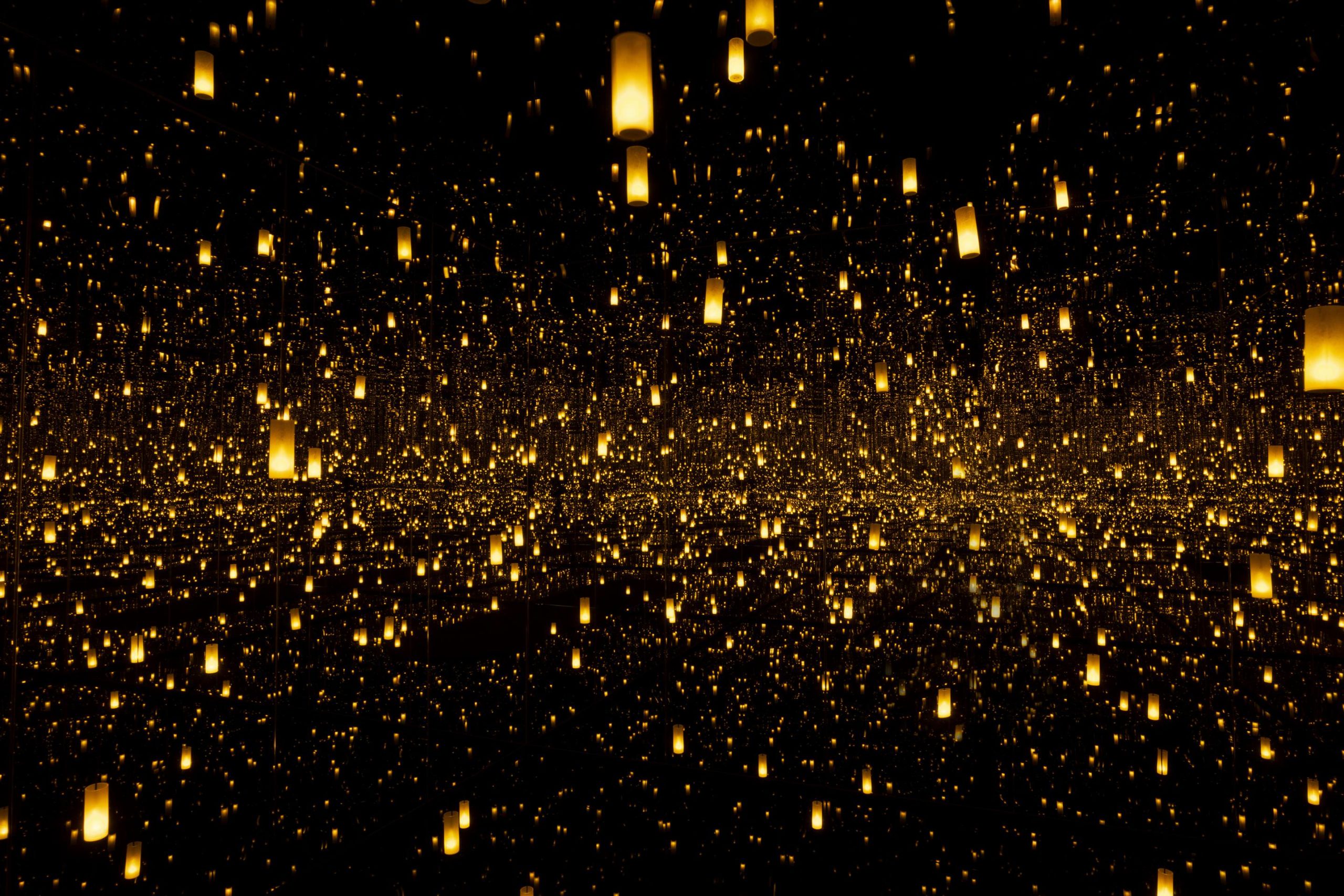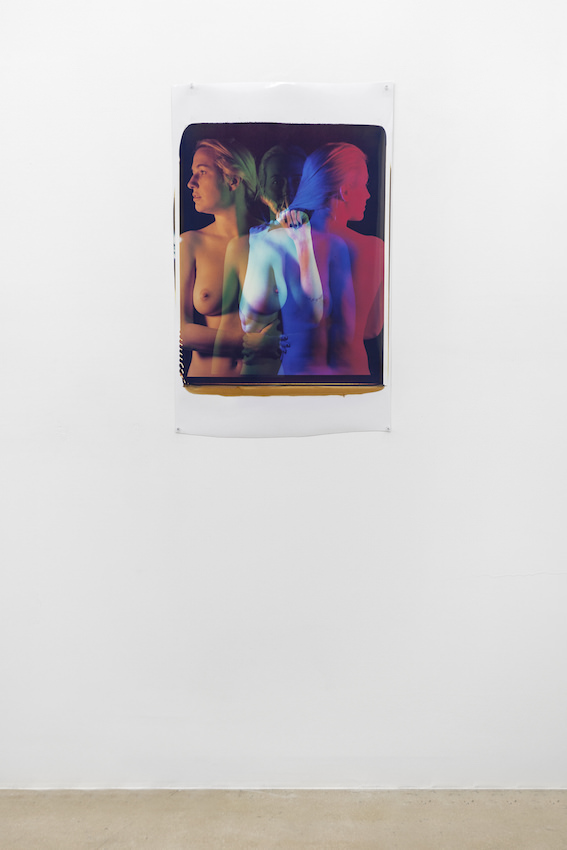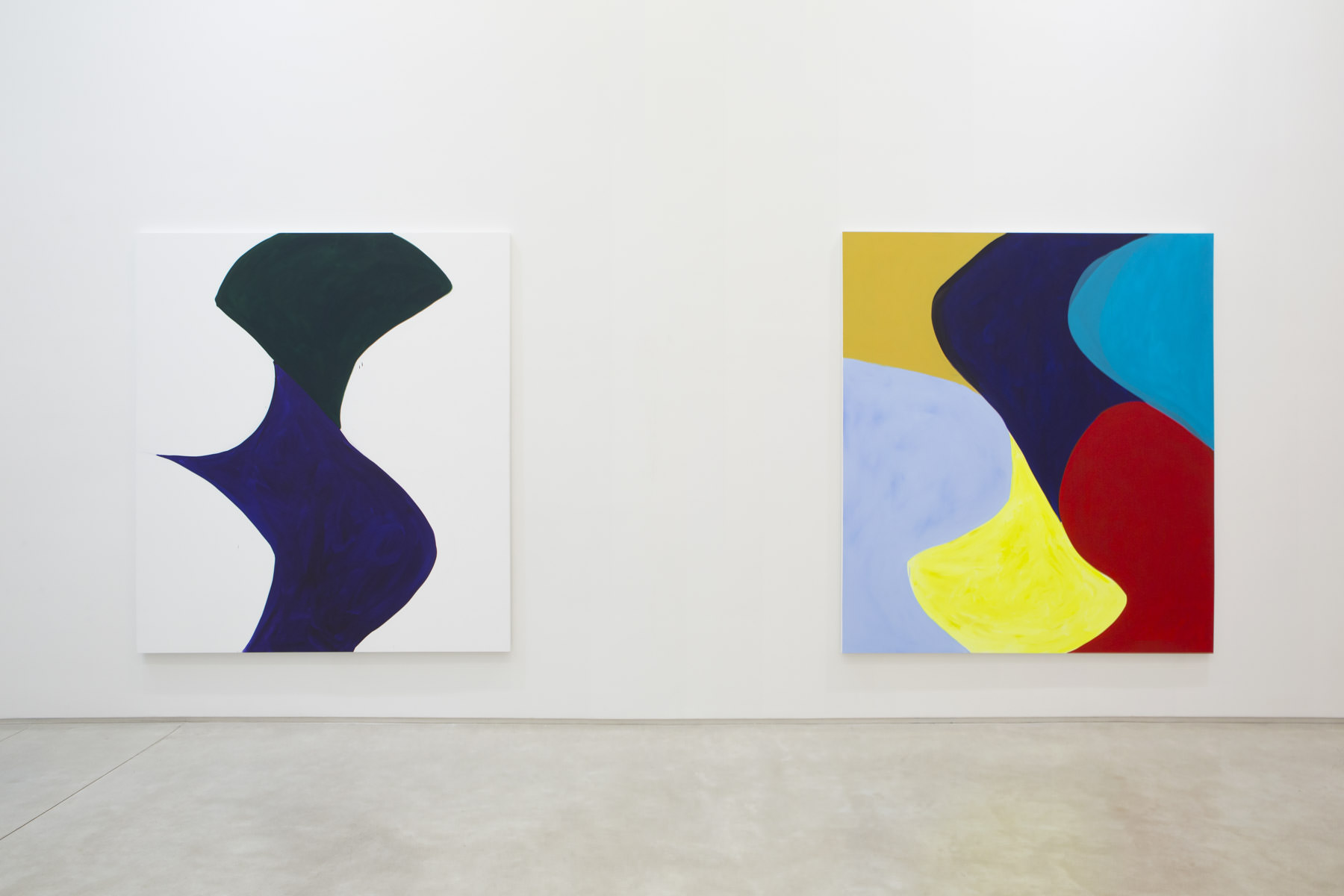This year’s “Yayoi Kusama: Infinity Mirrors” (February 23–May 14, 2017) at the Hirshhorn Museum and Sculpture Garden became the highest-attended show for the institution in 40 years. Nearly 160,000 people experienced the exhibition of Kusama’s immersive “Infinity Mirror Rooms,” sharing over 34,000 images of it on Instagram. The Hirshhorn’s director, Melissa Chiu, who assumed the role in 2014, spearheaded the blockbuster event. On the eve of the opening of “Infinity Mirrors,” Whitewall spoke with Chiu for The Ascent about the relevance of Kusama’s work today, and what it means to be a museum in the 21st century.
WHITEWALL: How did the idea of a show focused on Kusama’s “Infinity Mirror Rooms” rather than, say, a survey exhibition, come about?
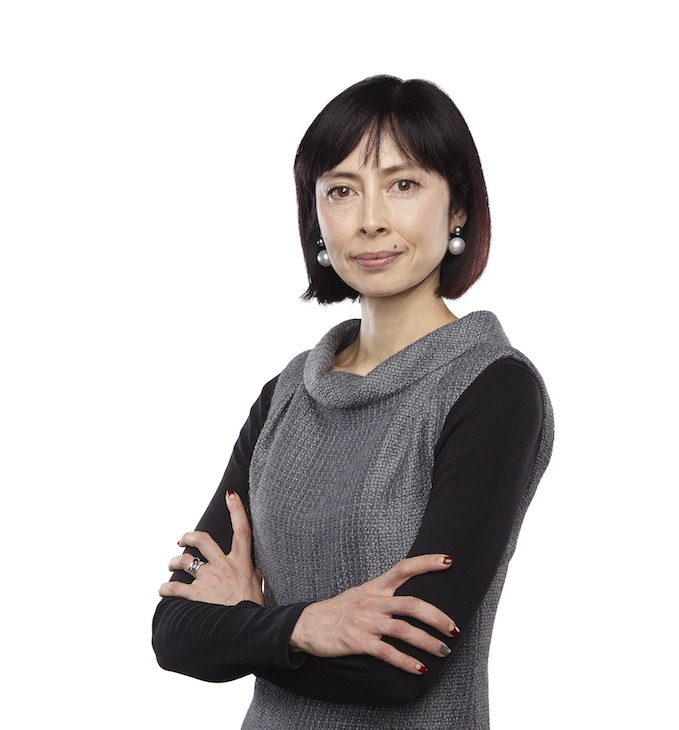
Portrait by Jeff Elkins
MELISSA CHIU: Many years ago, I wrote a book for Thames and Hudson, Contemporary Art in Asia. Kusama was one of the artists I wrote about as being a precursor to establishing this new field of Asian contemporary art. One of the works I wrote about was Phalli’s Field, one of the first “Infinity Mirror Rooms” that Kusama had done in 1965 in New York. I had always wanted to think about a show that explored “Infinity Mirror Rooms.” Strangely enough, today they seem more relevant than ever, in terms of how people are interested in virtual experiences, immersive experiences, but also experiences that transport you to somewhere else. She has always been thinking about our place in the world in relation to visually representing infinity and perhaps physically representing us within in the larger cosmos. So I reconnected with her when I first joined the Hirshhorn and talked to her about doing a show.
WW: It feels somehow related to what everyone’s talking about today—virtual reality.
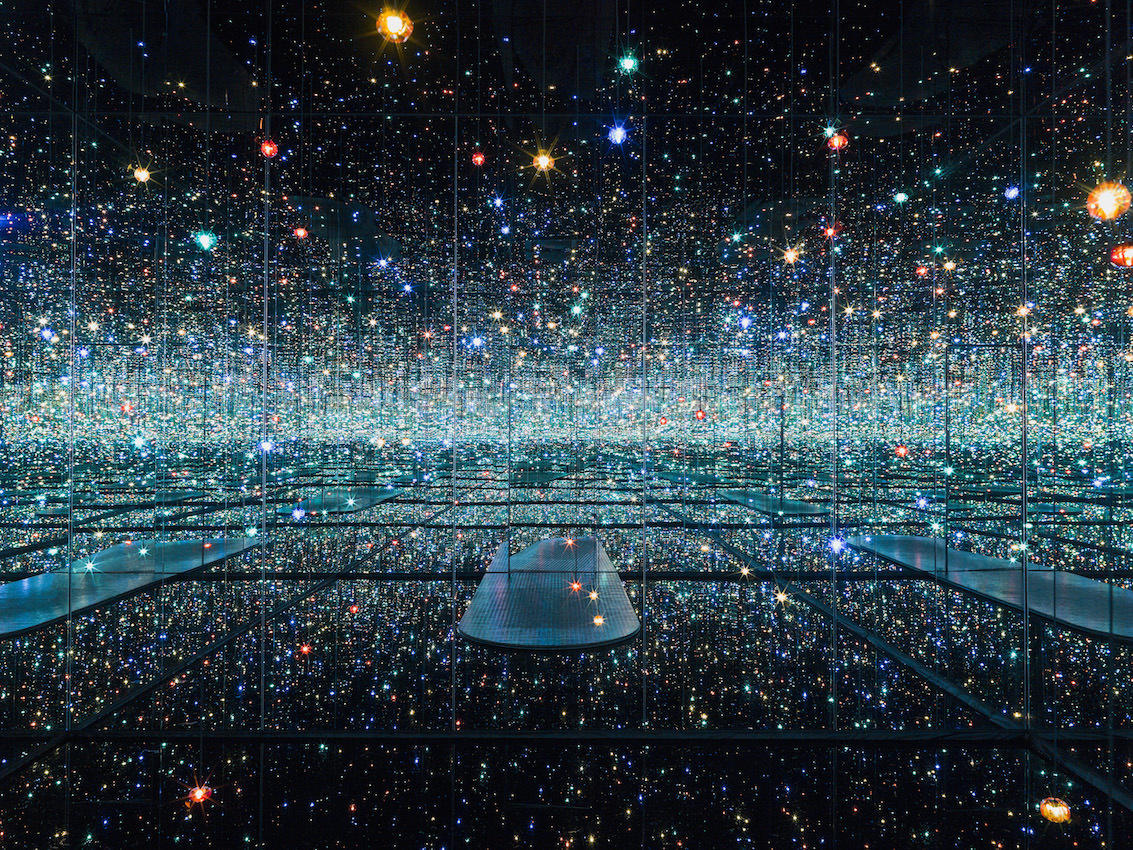
Yayoi Kusama
Infinity Mirrored Room – The Souls of Millions of Light Years Away
2013
Wood, metal, glass mirrors, plastic, acrylic panel, rubber, LED lighting system, acrylic balls, and water
113 1/4 x 163 1/2 x 163 1/2 inches
Courtesy of David Zwirner, N.Y.
© Yayoi Kusama
MC: Yes. I think she was interested in creating a virtual world through the experience of her artworks. And you can see that in her infinity paintings; it’s present in all of the work, actually.
WW: When you joined the museum in 2014, you had two main priorities: building up the Hirshhorn’s international standing through exhibitions and collection initiatives; and technology in new media, Web-based work, et cetera. Have those priorities shifted since then?
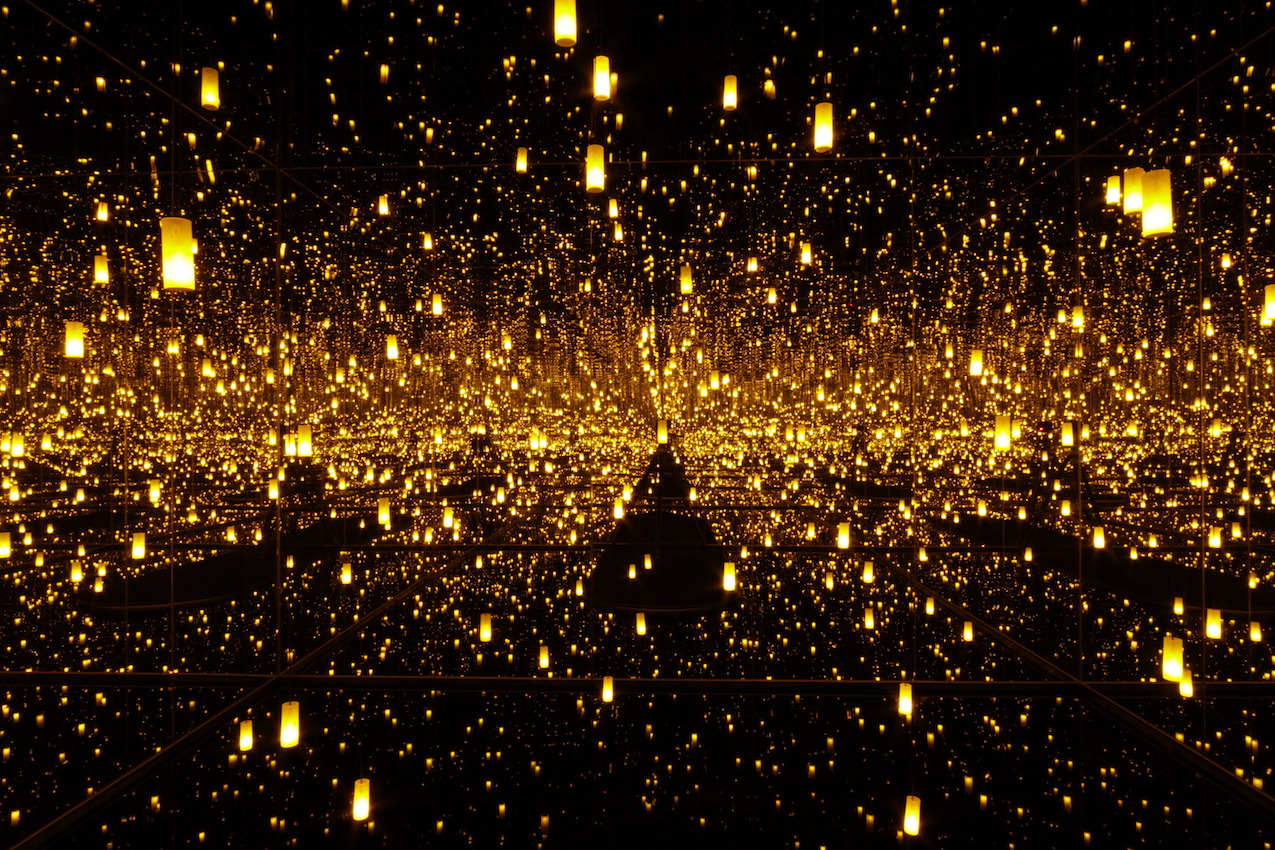
Yayoi Kusama
Aftermath of Obliteration of Eternity
2009
Wood, mirror, plastic, acrylic, LED, black glass, and aluminum
Collection of the artist
Courtesy of Ota Fine Arts, Tokyo/Singapore; Victoria Miro, London; David Zwirner, New York
© Yayoi Kusama
MC: I think the overarching preoccupation we have at the museum is how to be a museum of the 21st century. A lot of museums are thinking about this, but it can take many forms. Technology is one way, and we are looking very carefully into how technology can augment that very important direct encounter with artwork. But we’re also looking at artists who are working at the forefront of new technology through exhibitions and collecting. We’ve hired new curators to help us think through these issues and we’ve brought on board members to help internationalize our thinking for the first time at the Hirshhorn.
The Hirshhorn has one of the best collections in the U.S. of postwar European and American art, but the collection isn’t that well known. We have one of the largest holdings of De Kooning, great Joseph Albers holdings, great holdings of Bacon, and other extraordinary works. So it’s also about drawing attention to our collection. We’re continually looking at where the Hirshhorn can really make a difference as we think about what a museum should be in this century.
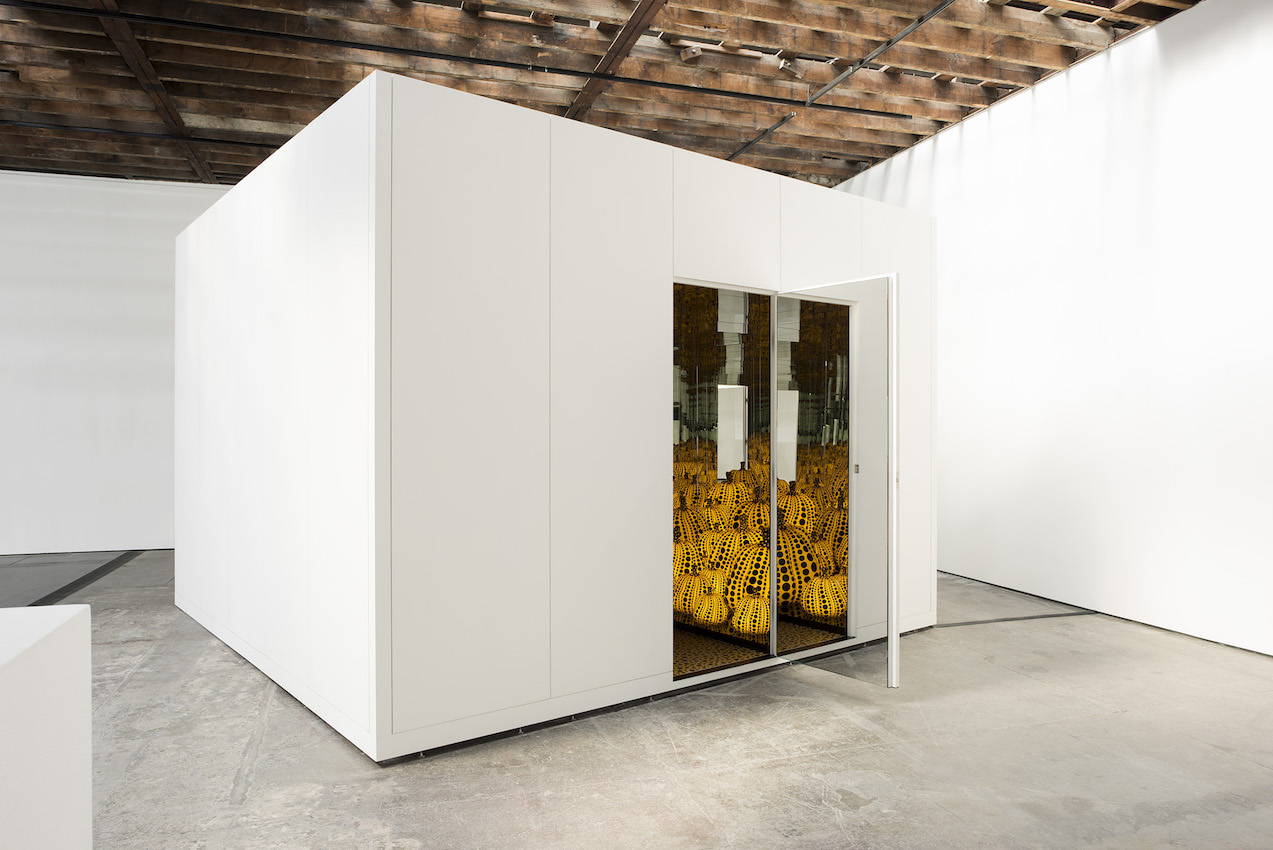
Yayoi Kusama
All the Eternal Love I Have for the Pumpkins
2016
Wood, mirror, plastic, black glass, LED
Collection of the artist
Courtesy of Ota Fine Arts, Tokyo / Singapore and Victoria Miro, London
© Yayoi Kusama
WW: Working with contemporary artists, do you find that it’s appealing for them to create shows in dialogue with the museum’s idiosyncratic architecture?
MC: Some of the most successful shows we’ve had in fact look very carefully at the architecture. I remember when we did our Shirin Neshat exhibition she said this was one of the most telling installations of her work because you got to experience it as a continuous form rather than a series of disjointed rooms.
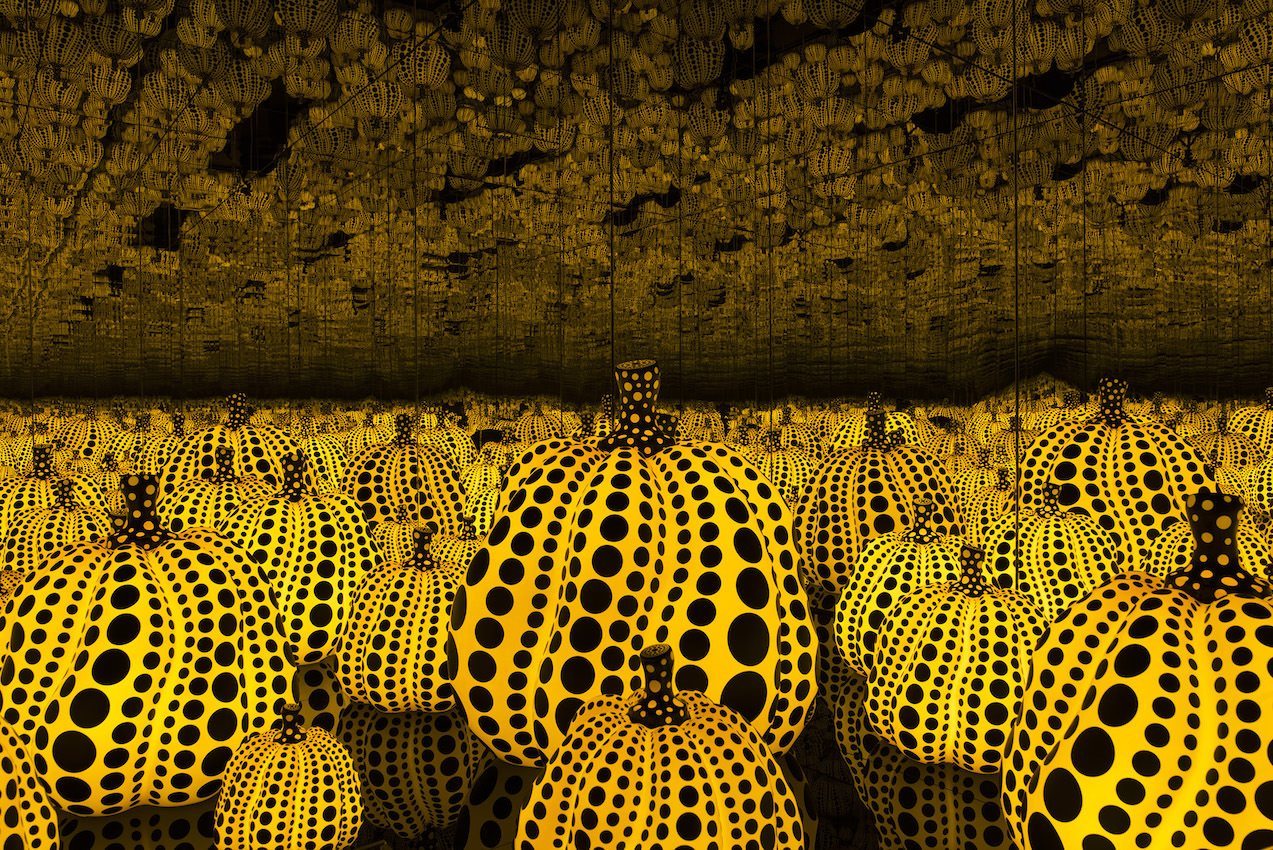
Yayoi Kusama
All the Eternal Love I Have for the Pumpkins
2016
Wood, mirror, plastic, black glass, LED
Collection of the artist
Courtesy of Ota Fine Arts, Tokyo / Singapore and Victoria Miro, London
© Yayoi Kusama
WW: You’ve talked about the museum as being a place for giving artists a platform for expression during contemporary times. Can you speak more to that?
MC: For us it’s about responding to what artists are responding to. Our whole thing is that we want to take more of our cues from artists. A future-thinking museum is one that is responsive to what artists are creating today. We have to be agile. We are responding to the art that is being made today. We are looking and learning from where artists are going to take us next. I think that’s what a contemporary art museum should do.
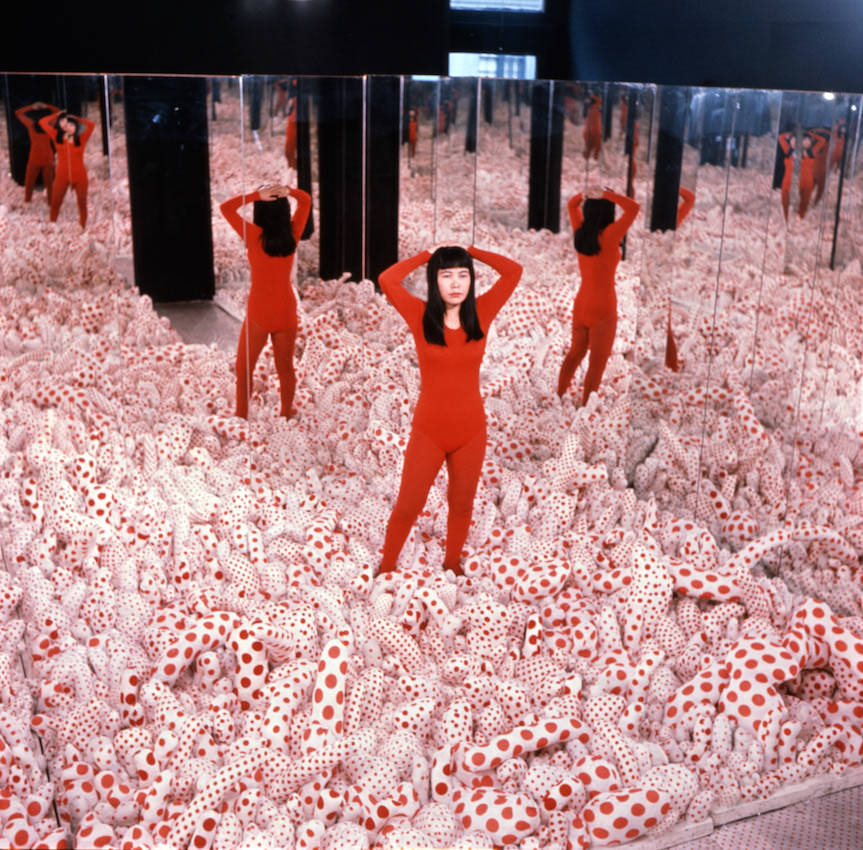
Yayoi Kusama
Installation view of Infinity Mirror Room—Phalli’s Field
1965
In Floor Show, Castellane Gallery, New York, 1965
Sewn stuffed cotton fabric, board, and mirrors
Courtesy of Ota Fine Arts, Tokyo/Singapore; Victoria Miro, London; David Zwirner, New York
© Yayoi Kusama
Photoby Eikoh Hosoe
This article will be published in Whitewall’s summer 2017 Design Issue.





